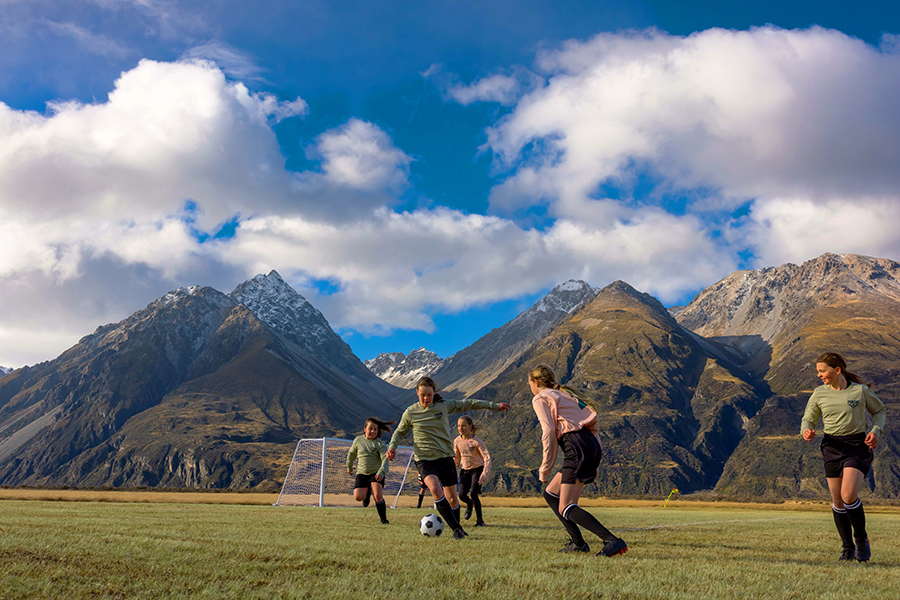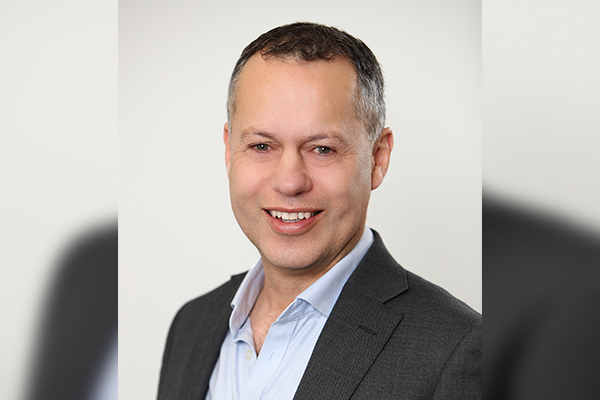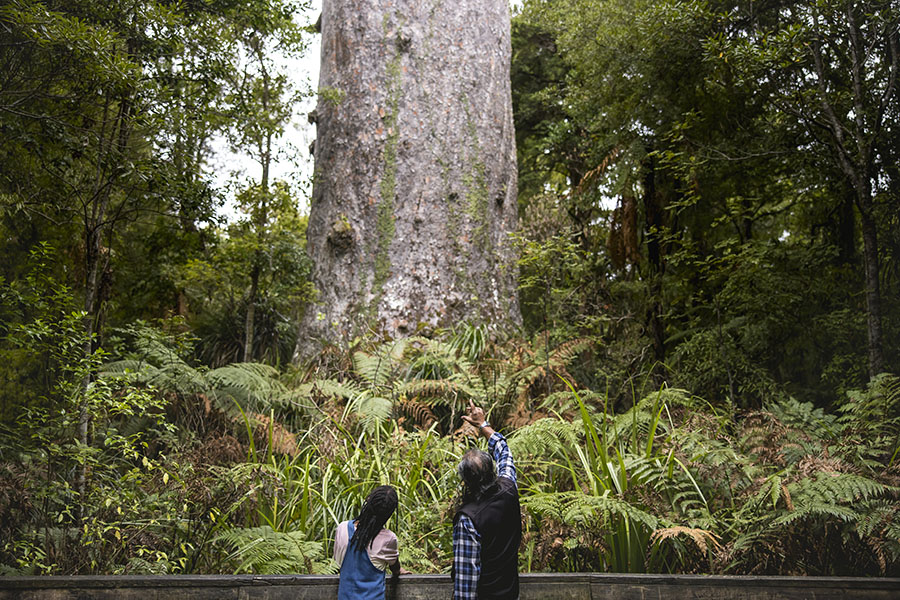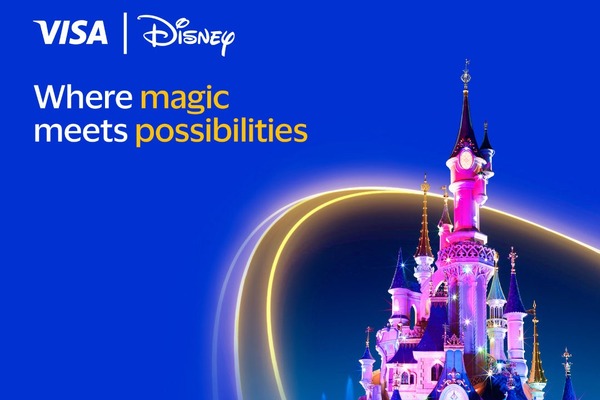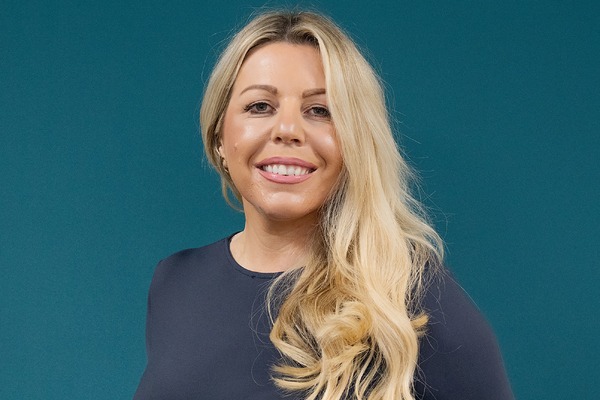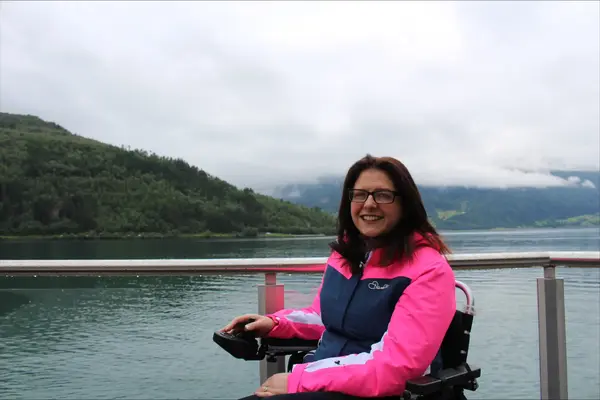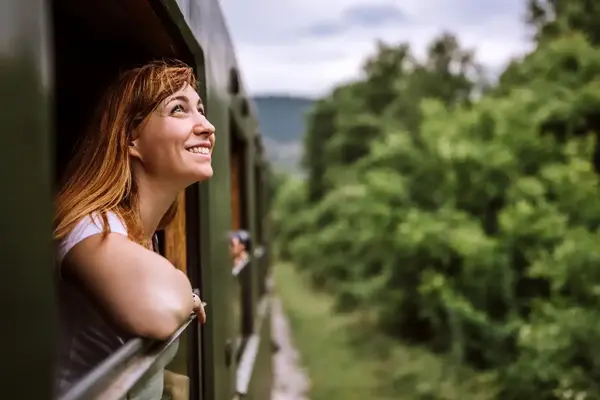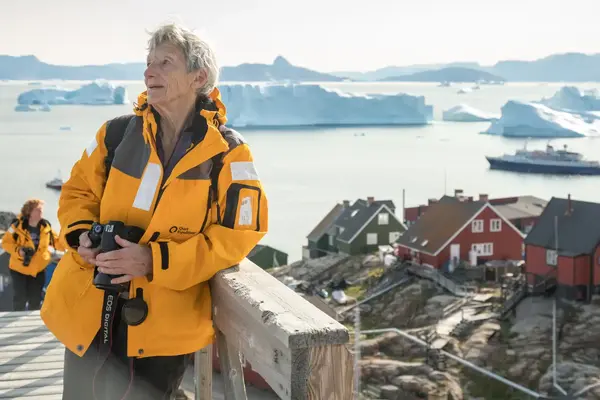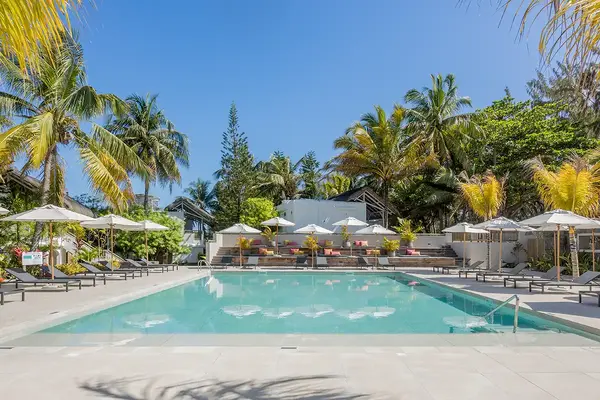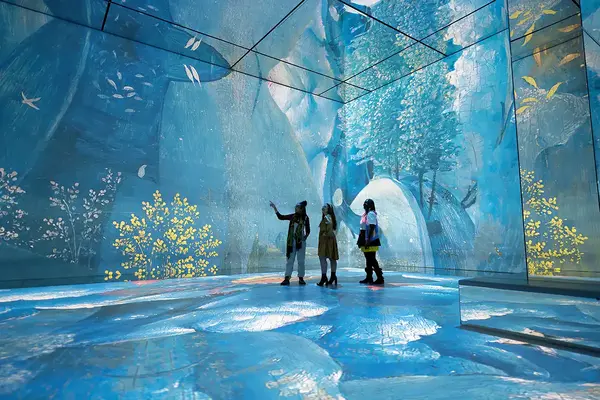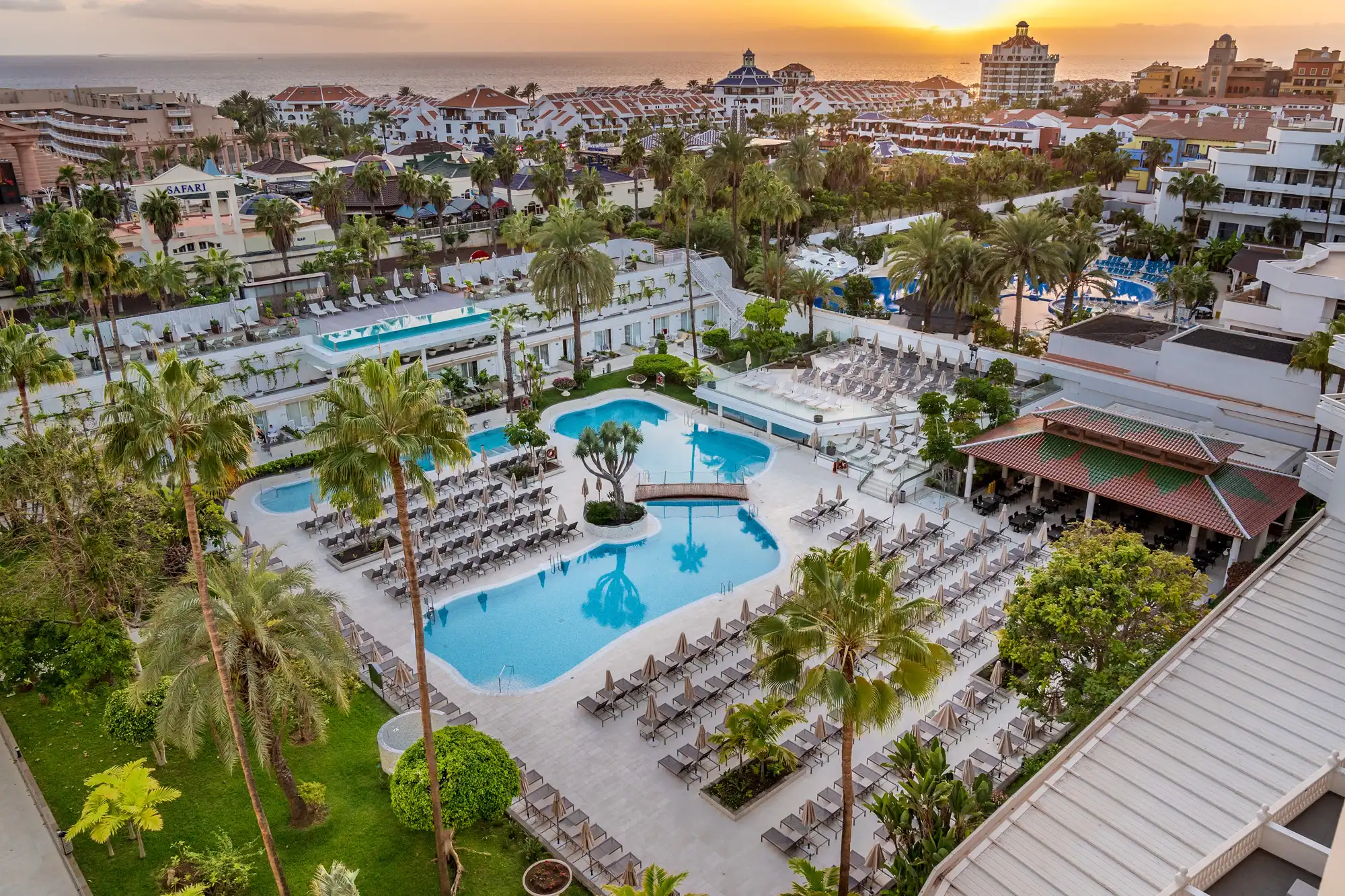Who is Tourism New Zealand's Pou Arahi Māori and what do they do?
Karl Burrows has a unique role in the organisation, helping New Zealand’s individual Maori tribes, known as Iwi, tell their stories authentically so that visitors have a deeper understanding of the country and its people

When Karl Burrows introduces himself, he doesn’t say “Hi, I’m Karl and I work for Tourism New Zealand”.
Instead, he says: “My mountain is Taranaki, my river is Waitara, my ancestor is Maru, my tribe is Ngāti Maru and my name is Karl.”
New Zealand has more than 100 iwi (Maori tribes) and by introducing himself referencing geographical ties, it gives context to other iwi across New Zealand as to where he is from and who his ancestors were.
“All these stories are tied up with my identity,” he explains, “and I’m using these stories to create connections with people.”
Making connections is a vital part of his role – as Pou Arahi Māori for Tourism New Zealand, he has responsibility for upholding Māori values within the tourist board and the travel industry.
His role covers four main areas: forming partnerships with iwi; building capability and equipping colleagues with the right skills to build those partnerships; brand storytelling, so the tourist board supports the Maori to tell their stories; and sustainability, so the country is protected for future generations.
“It all comes together,” he says. “We need to build capability so that we can create partnerships and tell stories in a sustainable way.”
Karl has helped execute high-profile impactful projects – he was pivotal in connecting Tourism New Zealand with Ngāi Tahu, the local iwi, when the tourist board created a full-size football pitch in one of the most remote locations in the country. On the flat terrain between the Mackenzie tussocks of the Aoraki National Park, a football pitch was entirely created by hand, to ensure the sacred land could be returned to its natural state. The pitch hosted young women from local schools for a friendly game of football. A video tagged as “the most beautiful game played in the most beautiful place in the world” was then shared globally to mark the one-month countdown until New Zealand kicked off hosting the FIFA Women’s World Cup 2023.
“I felt really proud because everybody got involved,” says Karl. “It was a joint effort across the organisation. The local iwi started the day with rituals to welcome us, we interviewed their elders on camera, there was a film set and lots of people driving around in carts with cameras, and drones and helicopters, and the children felt really excited to be a part of it.”
He added: “We are mindful these are not Tourism New Zealand’s stories. They belong to the people. We have to work with the iwi to tell their stories in a way that enhances and uplifts them.”
Through the power of storytelling, Karl aims to help the tourist board attract a more high-quality visitor, one that stays for longer, who looks beyond the standard places that everyone visits and has more time to get under the skin of New Zealand’s regions. “We’d like to attract visitors who want to come and dig a bit deeper into those stories, engage with local communities and understand the culture.”
“It’s really important people do go to the regions… each location has their own stories and there’s been surge in offerings in last few years with support from NZ Maori Tourism.”
Spiritual bonds
To highlight how different the regional stories can be, Karl described how as part of a fam trip he had experienced Footprints Waipoua, which takes guests through the Waipoua kauri forest in Northland, North Island. On the tour, you learn how the trees are intertwined with lives of the local Maori and the important role they play in the eco-system of the forest. Local guides share stories from their ancestors capturing the legends of the forest gods, their songs, medicine and magic. A tour highlight is visiting Tane Mahuta, New Zealand’s largest known living kauri tree.
Karl explained: “They took us there just before dawn, the guides were chanting, the birds started singing, and slowly this magnificent tree appeared before us. The tree is a representation of the Maori god of the forest who pulled his sky father and earth mother apart to create light in the world, and he continues to hold his sky father up.”
Offering a contrasting experience, he talked about Amiki cultural food tours of Christchurch on South Island, led by city guide Riwai Grace.
Since the collapse of many buildings in the 2011 earthquake, the local Maori have been involved in the rebuild of the city, which was formerly a strong colonial town.
“All these hidden stories that emerged from the earthquake are now coming through and being told in the designs and patterns of the architecture. It’s exciting to see Maori stories coming to life again in an urban context. Plus, the guide is really entertaining and takes you to some great places to eat,” he adds.
These were his markers of success, he said, when the iwi feel included in a way that’s authentic and genuine, and witnessing New Zealand coming together in a more integrated way.
He added: “There’s a story, in terms of history and colonisation, how we value diversity and indigenous perspectives, and slowly that’s improving, and people see that as a unique proposition in terms of marketing New Zealand as a destination. There’s a belief it adds value, for everybody, not just ourselves.
“All cultures are unique and different and they all have a particular contribution they can make to humanity, and Maori culture is one of those.”
Opportunities for travel agents
Kate Fenton, regional trade manager, UK & Europe, described Tourism New Zealand’s trade partners as “extended family”.
“Around 75-80% visitors that come to New Zealand for leisure come through traditional trade (indirect). It’s so important that travel agents understand what our values are and that their clients do too. People really want to be hand-held. New Zealand is a bucket list destination – they see it as once-in-a-lifetime but actually one in four visitors from the UK come back within five years. They come for the first time, they give it three weeks, tour seven to eight regions, and discover there is still so much more they can do.”
“We’re in a value over volume game and the UK market really over-indexes in value and that’s often down to a travel agent being capable and confident to sell New Zealand well. It’s the difference between a visitor hiring a car and making their own way around, and them really understand where to go, what to invest in… communities, culture, local cafes and more.”
Tourism New Zealand is focused on showcasing the wealth of product to tour operators and agents in the UK, utilizing a range of different touch points, from the annual TRENZ travel trade event and fam trips to training events in the UK, said Fenton, and through Tourism New Zealand’s own accreditation body Qualmark, buyers can be assured that a business has been independently validated as a quality tourism business.
She said: “Karl is helping us to spotlight the wealth of product – there’s so much more now than what product managers may have seen 10 years ago in terms of Maori culture throughout New Zealand. And the more we can help the trade to understand and develop their knowledge of New Zealand, the more that breadth of product comes around quite organically.”
